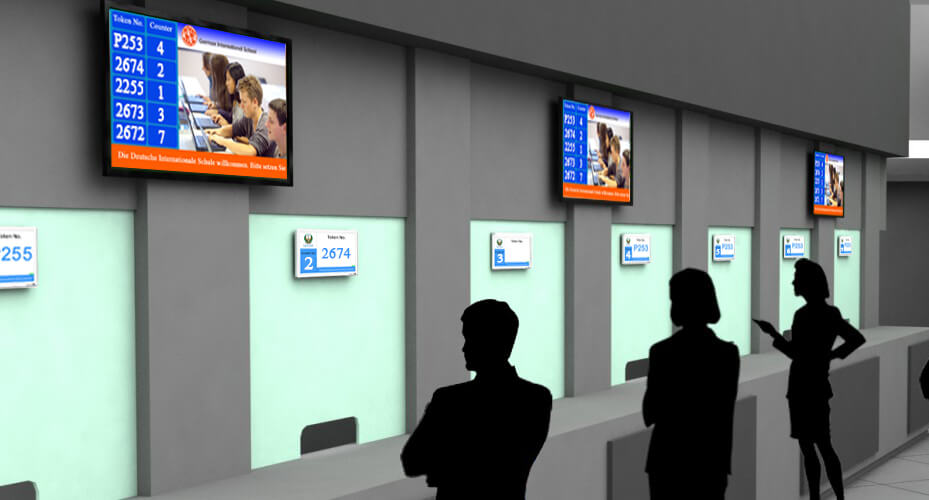

Queue systems have come a long way. They went from simple physical barriers to state-of-the-art digital applications.
There are many types of queuing solutions to choose from, but their most simple cases are also the least effective.
Take, for example, crowd barriers.
Crowd barriers, or stanchions, are typically used in hotels, banks, movie theaters, public events, etc. Their main goal is crowd control through limiting the access to certain areas.
On the one hand, it seems logical to use tangible tools for managing customers who are physically present at your location.
On the other hand, our digital age calls for something more sophisticated. Putting your visitors inside a labyrinth of rope barriers also has adverse effect on their psychological state.
Remember: It takes 12 positive customer service experiences to make up for one negative experience.
Obviously, the situation calls for more elegant solutions.
A modern, digital-based queuing solution operates on a different level than simple crowd management tools.
They provide customers with a sense of agency, as they sign themselves up for services using self-service kiosks — interactive terminals placed at points of high foot traffic.
After signing up, a customer needs to look at the screen which provides relevant stats: your place in a queue, the number of people before you, the service point you need to go to, etc.
With clear instructions and text message notifications, the queuing process is faster than ever. The checkouts are efficient, waiting time is reduced, and shopping experience is greatly improved.
Meanwhile, staff receives valuable metrics like queue lengths, waiting times, and other information provided by queue management systems that work towards further improving the service.
What exactly goes into making the process of queuing smooth? Let’s take a look at the principles of queuing systems.